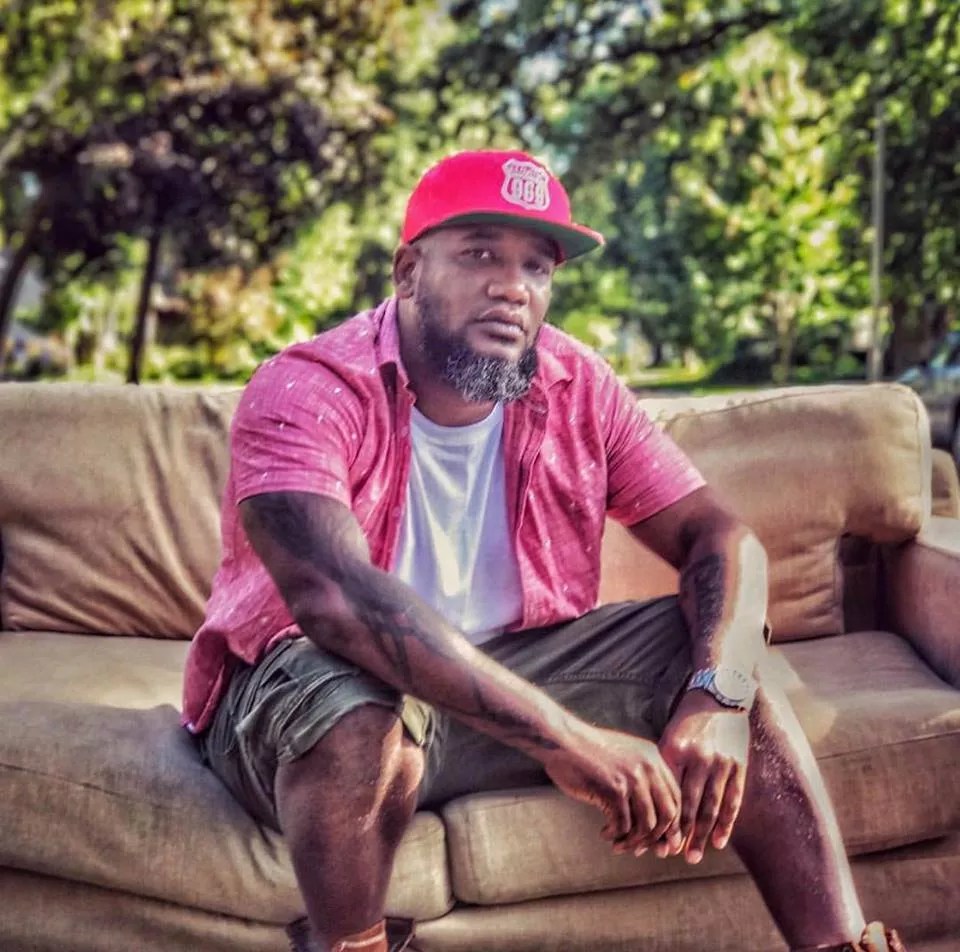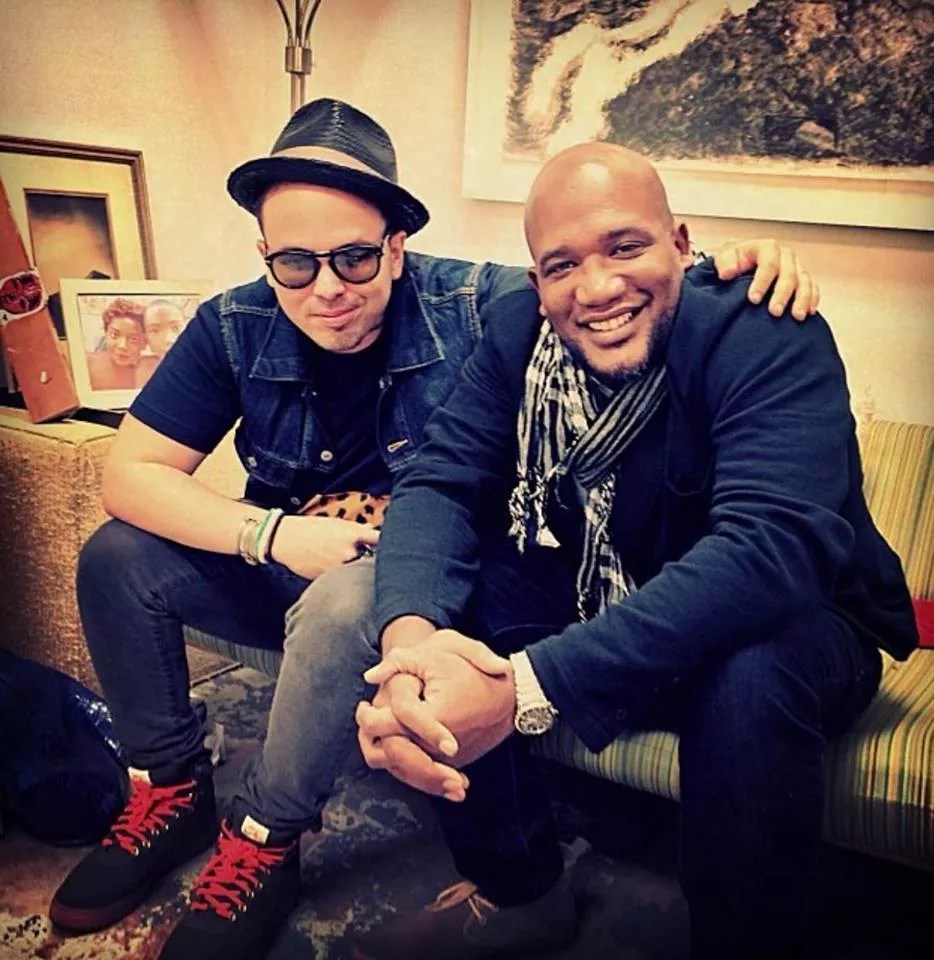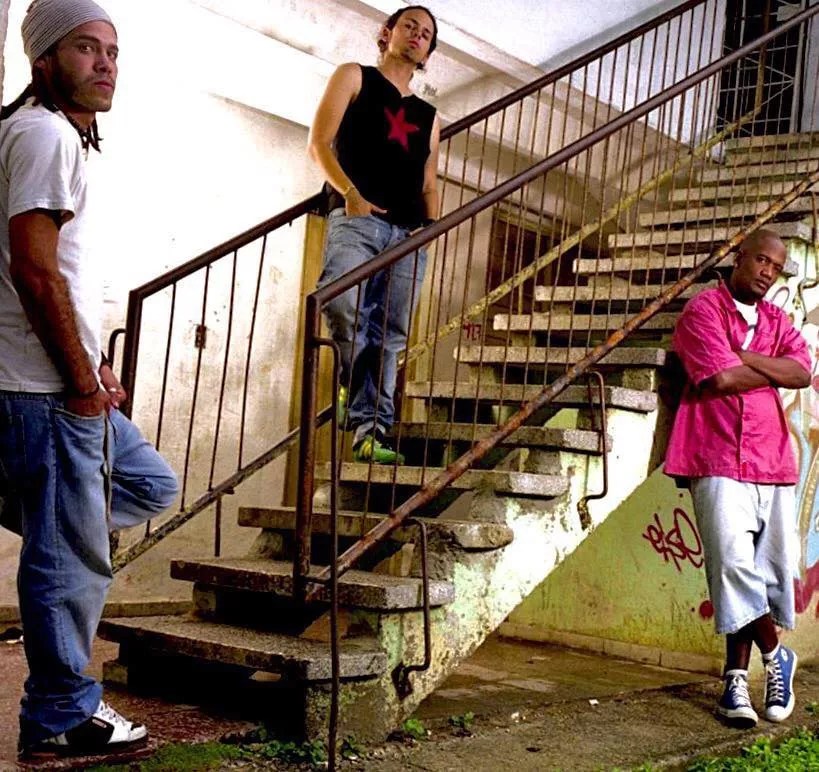
Courtesy of Yrak Saenz

Audio By Carbonatix
In 1990, when Miami radio station 99 Jamz (WEDR) erected a 100,000-watt transmitter, its newly boosted signal carried not only across South Florida but also, with enough ingenuity and patience, to the gritty, coastal Havana suburb Alamar.
Over the phone on a late-February afternoon, one of the pioneers of hip-hop in Cuba recalls when he and his friends would cram into an apartment in one of the countless Soviet-designed residential buildings spread across 21 zones. There, one person would fiddle with the knob on the Selena Russian transistor radio while another angled the makeshift antenna. “We used to make these antennas out of closet wire hangers to capture the radio frequency,” says Yrak Saenz, who in 1995 founded the rap group Doble Filo, which, along with MCA, Obsession, and Primera Base, was among the first hip-hop acts on the island.
Saenz says 99 Jamz, Hot 105, and Power 96 were their favorite radio stations because they could listen to the likes of Public Enemy, Afrika Bambaataa, Run-D.M.C., and 2 Live Crew. Miami freestyle, including Stevie B, also figured into the mix. “Oh, man, it was beautiful,” says Saenz, who 30 years later is still rapping with his Doble Filo partner, Edgar Gonzalez, AKA Edgaro.

Doble Filo (Edgar Gonzalez and Yrak Saenz) in Miami circa 2011.
Courtesy of Yraq Saenz
Miami was an unlikely source of inspiration for Saenz because he had no connections to the city – no family lived here. Plus, relations between the United States and Cuba were frigid at the end of the Cold War.
And Miami, home to the largest Cuban exile population? “We were always told that Miami was the crib of the enemy, that Miami was the negative, the bad, bad, bad,” Saenz says, repeating the word like a hammer striking a nail.
In the United States, rap music began as a subversive force that spread to become part of the nation’s fabric. It is evident in our culture, our fashion, and our everyday lives. (Earlier this month, Childish Gambino’s “This Is America” became the first rap single to win a Grammy for song of the year.)
Saenz says the Cuban government considered American rap a threat. “There was a sentiment that rap music came from areas that were marginalized, from people protesting – that it was protest music. And [the Cuban government] said we don’t need this here.”
Saenz, who has been living in the States for almost a decade, adds, “You have to remember that the United States and Cuba are not friends. We have never been friends. Your music was always the music of the enemy.”
Nevertheless, the radio signals from the forbidden Magic City lit a spark inside Saenz and his pals.
“Whoever had a recorder would tape the radio streams and then play it on the streets so we could all dance on the streets,” Saenz recalls. “You know Cubans love to dance. People used to love to dance on the streets. Sometimes we would stop traffic. Eventually, the cops would come around and break up the crowds. We were moved to local parks and other public spaces. That’s when the movement took off.”

DJ Dark (left), Edgar Gonzalez, and Yrak Saenz in Alamar circa 2007.
Courtesy of Yrak Saenz
Cuban rap evolved from a dancing and b-boy phenomenon to a voice with socially and politically conscious messages addressing topics shunned by Cuban radio and newspapers. Attitudes began to change. Graffiti began to appear on Alamar’s buildings.
Rodolfo Rensoli, a Cuban rap aficionado
Saenz says Miami’s impact on Cuban rap went far beyond the radio signals from 99 Jamz and other stations. “The largest influence, for me, was the proximity to what was prohibited for us that really had to do with us. That is, Miami is a city that was full of [Cuban exiles]. We had looked at you from a distance as people who had left the house, like the family that breaks up and is not together.”
He says the music captured from Miami radio taught him a lesson. “I realized that what you do [in Miami] and who you are is good for me. I realized that we have something in common, that we are not so different.” It goes “far beyond politics and governments and presidents.” He says the connections made with a part of Cuba that was no longer present on the island, which he describes as having left them behind, was illuminating. “I think rap from the U.S. brought us that. In some way, it brought us back to the family that we lost and then later we found to have much more in common with than we ever imagined.”